Gabriel Araújo Souto
Data portability is the possibility of transferring personal data to different digital platforms. This possibility, enforced by the right to data portability, aims to protect the data storage of users against the incompatibility of multiple platforms, that is, allowing interoperability between different services. Thus, data portability allows, for example, an Instagram user to transfer their personal data, such as photos and videos, directly to a competitor such as Pinterest, with no barriers to compatibility and preserving the integrity of their personal data.

Without data portability, for example, a consumer who uses Facebook may not want to migrate to competitor Twitter because of the risk of losing invaluable personal data. This effect can be aggravated by the adoption of policies by platforms that aim to inhibit data mobility, making it impossible for interoperability between competitors by increasing switching costs [i] and, consequently, causing the lock-in effect [ii]. This type of lock-in can be seen as creating a more fragile market as it is open to exclusive acts of dominant players. Therefore, the right to data portability can force companies with a dominant position to compete in the quality of their services and not with a lock-in system.
However, due to switching costs, users can get stuck on a particular service, being the degree of user lock-in determined by this situation. If these are high, providers can create a high degree of user dependence, restricting data portability as a way of retaining users to their services. It is concluded, therefore, that the greater the degree of user lock-in, the greater will be the user’s switching costs in moving to a new digital platform. In this way, the right to data portability emerges as a method to reduce these anticompetitive effects and allow new companies to act in the digital platform’s market for the user’s final benefit.
Despite the major issues surrounding it, there are recent legislative measures that seek to mitigate the scarcity of data portability policies and strengthen the adoption of data mobility by digital platforms. The General Data Protection Regulation (GDPR), the European Union’s regulatory framework on data protection, in its article 20 presents the right to data portability to its citizens, that is, control of user’s data to themselves, which are under the management of the platforms, allowing users to transfer their data more easily to competing platforms and strengthening ownership of the individual data. This perspective is also reflected in the Brazilian General Data Protection Law (LGPD), which also legislates on the same subject in its article 18, V, by standardizing that the user is entitled to obtain from the platform the portability of their personal data.
The right for a user to carry their own data benefits both competition and consumers of a given service. On the one hand, this practice allows the emergence and permanence of new companies in the digital platform’s market, since the migration by users to new services happens less expensive, weakening monopolies and the use of market power. In addition, broad adoption of data portability in the digital sphere may limit the practice of over-pricing [iii], since the user dissatisfied with the current service provided by a platform can migrate easily from service carrying their data.
However, in order for data portability to be effective in a relationship between two or more digital platforms, it is necessary to prioritize the interoperability of services [iv], that is, in order for a customer’s data to be transferred from platform A to platform B, both platforms must agree on which format they will send and receive the data. It is therefore of paramount importance to establish consensus-based interoperability standards across platforms, which can be established through international associations, standard-setting organizations, or regulatory bodies such as the International Telecommunications Union (ITU).
Finally, in order for the right to data portability to be efficient, it is essential that antitrust authorities enforce it. When analyzing anticompetitive conducts related to data portability on digital platforms, such authorities should initiate preliminary investigations and, if it is appropriate, administrative proceedings, in order to promote compliance in the digital platform’s market, aiming the implementation of data portability infrastructures and T&C that facilitate the flow of users in that market to the benefit of consumers.
References
EVANS, David S. The antitrust economics of multi-sided platform markets. Yale J. on Reg.: Vol. 20: Iss. 2, Article 4, 2003.
SHAPIRO, Carl; VARIAN, Hal. R. Information rules: a strategic guide to the network economy. Harvard Business School Press, 1999.
[i] According to Shapiro & Varian (1999, pp. 111-112), switching costs are costs that a consumer has to incur in order to change a supplier of a service or product, that is, the limit cost that a consumer wants to pay for changing to a better option. In digital platforms, switching costs are related to the cost that a user bear to change to another platform.
[ii] Shapiro & Varian (1999, pp. 12-13) explain that the lock-in effect occurs when the consumer, dependent on the infrastructure or a particular service of a company, cannot switch to a competitor without substantial costs or material losses. In this sense, the absence of data portability has the potential to produce this effect to the consumer, since the latter may not be able to transfer its data to another platform, causing the user to remain using the service.
[iii] Evans (2003, p. 345) explains that the allocation of joint costs to a particular product and profit calculations based on fixed-cost allocations of digital platforms are necessarily arbitrary.
[iv] According to Evans (2003, p. 374), platforms can benefit when there is a standard technology or protocol that allows them to use products from multiple providers.





